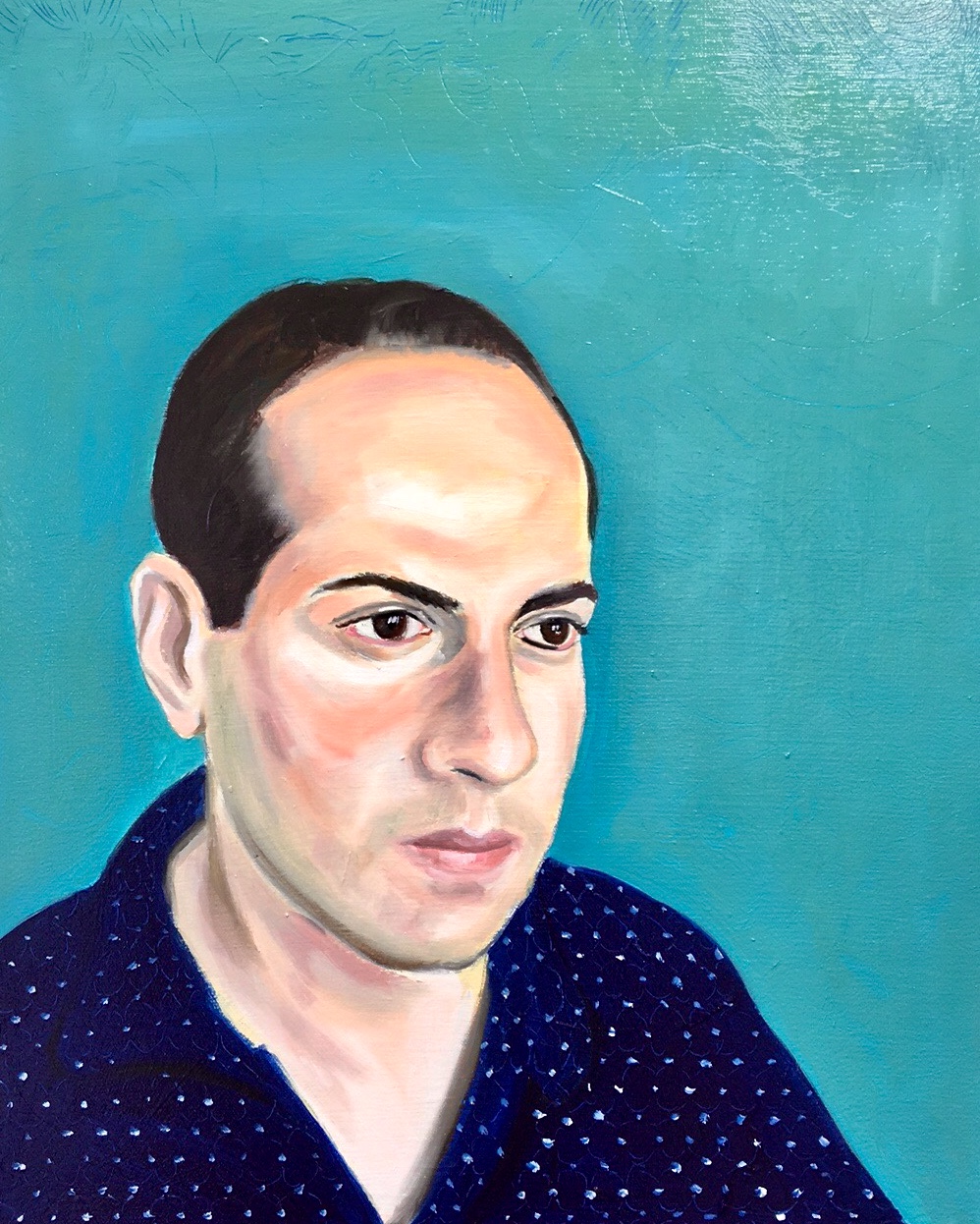36 Views of the BT Tower: Fireworks on the Thames and Sumida Rivers
- Edward Luper
- Dec 31, 2022
- 3 min read
As we approach the New Year, I felt it was appropriate to discuss my design of new year fireworks on the Thames and Hiroshige's (1797–1858) 'Fireworks at Ryogoku' (1858) which inspired it. While the title of my series pays homage to Hokusai's 36 Views of Mt Fuji, I was also very much inspired by Hiroshige too, in particular his One Hundred Famous Views of Edo and its vertical format. Lets now look at Hiroshige's print:

During the hot months of summer and early fall, from about July through September in the Western calendar, the Sumida River in Edo (now Tokyo) was open to evening use by pleasure boats, a custom known as "taking in the cool of the evening". The center of the activity was Ryogoku Bridge, where an endless variety of entertainment was offered on both land and water. For the true connoisseur of the evening cool, the place to be was not in the crowded stalls of the bridgehead plazas, but rather in one of the restaurants of Yanagibashi, a bit north of the bridge on the west side, or in an individually chartered pleasure boat on the river itself.

The view that Hiroshige offers in this print is to the southeast from Yanagibashi, implying the viewpoint of the elegant restaurants that traditionally co-sponsored the major firework displays together with the boathouses. On the river below, we see several types of pleasure boats. The large boat in the center is a yakatabune, or "palace-boat", the only one of its kind to appear in the One Hundred Famous Views of Edo. Up to fifty feet in length, with an interior space of as many as twenty tatami mats, these boats were hired out for parties by rich merchants. Next down in size and most numerous in this view are the familiar "roof-boats" (yanebune). Smallest are the uncovered chokibune, the basic taxis of the Sumida.
Finally, one can pick out four boats with a single lantern in the bow: these are urourobune, named for their "casual wandering" among the pleasure boats to sell food and drink.

Fireworks were an indispensable feature of the evening cool at Ryogoku Bridge. The first fireworks came to Japan from China in the late sixteenth century, and by the mid-seventeenth century they were so popular that the threat of fire led Edo authorities to issue decrees restricting their use to the Sumida River. All early Japanese fireworks were imported, but in 1659 an enterprising youth named Yabei arrived in Edo and began to make his own small fireworks. His skills improved, and by the turn of the century his shop, named Kagiya, was experimenting with ever larger displays. The turning point came in 1733, when Kagiya was commissioned by the Shogun Yoshimune to mount a special fireworks display at Ryogoku Bridge as a purification rite to dispel the evil spirits of plague and famine that were then sweeping Japan. Held on the twenty-eighth of the Fifth Month, this was the first Kawabiraki ceremony, which has been held almost every year since, with temporary lapses in
1862-1867, 1942-1947, and 1958-1977.
Almost every commentator on this print has assumed that the view is of the Kawabiraki fireworks display. In fact, there is little to justify this interpretation. To begin with, the print is classified in the "Autumn" group. Moreover, the scene on the river below conveys none of the sense of the intense crowding and boisterous partying that typified Kawabiraki. The fireworks at Ryogoku began at the time of Kawabiraki, and lists separate entries for special fireworks on the tenth of the Seventh Month and for the river-closing ceremonies on the twenty-eighth of the Eighth Month. Perhaps Hiroshige has shown one of these major later displays, but records from the time suggest that fireworks were set off in one form or another on virtually every clear night during the summer. In short, "Fireworks at Ryogoku" was less a particular event than an expression of seasonal feeling of summer/early Autumn.

My design above was directly inspired by Hiroshige, but rather than depicting Summer, I used it to show Winter and New Year's Eve celebrations. Fireworks by the Thames River only happens during New Years celebrations and had a direct relationship in my mind with Hiroshige's print. The view shows Cannon Street railway bridge from London Bridge, with the BT tower in the distance. There are far fewer boats on the Thames than compared to the Sumida river in the Edo period and I had to add a Thames cruise boat to emulate the Yakatabune or "Palace Boat".






❤️